Tourist Places in MungerIntroductionMunger is, without a doubt, a testament to talking about Bihar's remarkable history. The city presents an intriguing fusion of modern wonders and historical gems, giving guests several chances to explore its spirit. The Shrikrishna Batika Garden is an amazing location, demonstrating the city's historical significance. Munger-born Dr. Sri Krishna Sinha, the first chief minister of Bihar, has this garden named after him. The achievements and contributions of Dr. Sinha, who was instrumental in forming Bihar's political scene, are commemorated at the Shrikrishna Batika Garden. With its combination of verdant foliage and scenic splendour, the garden emanates a tranquil charm. Its distinct attractiveness stems from the peace it provides and its closeness to the holy Ganges River, a famous canal held in high regard by millions of people. The garden's surroundings capture the spirit of Munger, a location where spirituality, nature, and history coexist in harmony. Travelers find this place to be quite appealing. It offers the perfect environment for discovery, meditative walks, contemplation, and the area's natural beauty. In addition to enjoying the garden's physical appeal, visitors to the Shrikrishna Batika Garden honour the memory of a visionary leader who made a lasting impression on Bihar's past. The garden is undoubtedly a must-visit location for tourists looking to take in Munger's many facets due to its blend of lush landscapes and proximity to the holy Ganges River. To sum up, Munger's Shrikrishna Batika Garden captures the city's soul, a well-balanced combination of spiritual resonance, natural beauty, and historical significance. It provides guests with an amazing experience that embodies Bihar's spirit and essence and is a tribute to the city's rich past and dynamic present. 1. Munger FortThe historically significant city of Munger is home to several alluring tourist attractions that provide a window into its colourful past. Among these sites, the well-known Munger Fort is a noteworthy representation of the history and architectural prowess of the city. Perched atop rocky hillocks, Munger Fort commands a commanding location on the city's fringes. Its important location on the Ganges River's southern bank gives it historical and geographical significance. This fort's history dates back to the Slave dynasty, and it was crucial to Muhammad bin Tughluq's control over Delhi from 1325 to 1351 AD. The fort was an important centre of authority when this strongman ruled the area through local governors. Munger Fort saw the rise and fall of several dynasties, including the Khaljis, Tughlaqs, and Lodis. Nonetheless, the Mughals were the most illustrious kings who ruled the fort and its region. The fort changed hands and was afterwards ruled by Mir Qasim (1760-1722) before coming under British domination. Numerous historical and religious sites are located inside the fortress walls, adding charm. These include the Tomb of Mulla Muhammad Said, the Tomb of Pir Shah Nufa, the Palace of Shah Suja, the ancient Chandisthana Temple, the Kashtaharini Ghat, which is perched on the banks of the Ganges River, and an eighteenth-century British cemetery. Remarkably, the fort also has a new addition, a well-known Yoga school that reflects the fusion of traditional heritage and current interests. 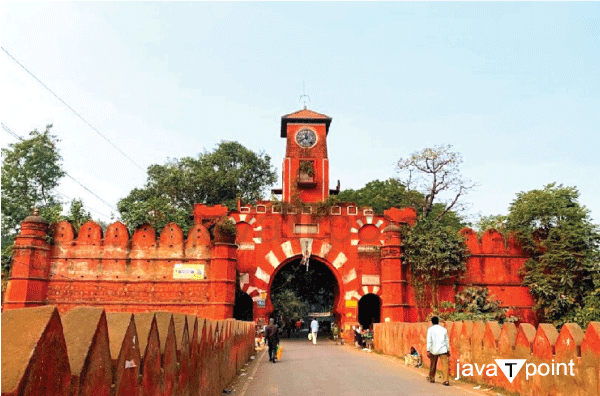
Travelers with an interest in history, as well as those who are just plain curious, are drawn to Munger Fort. Its imposing presence and numerous monuments tucked away inside its walls provide an enthralling trip through time. Munger Fort, one of the most important structures in the area, continues to draw a constant flow of tourists who come to examine its historical treasures and take in its alluring atmosphere. 2. Chandika AstahanThe Chandika Astahan Temple is one of the 64 sacred Shakti Peeths in India, and it occupies a special place in Munger's cultural and spiritual environment. This temple is located in Munger City's northeastern region and is revered by tourists and believers due to its great significance. In addition to being a place of worship, Chandika Astahan Temple is a well-known landmark in the state. It is in the valued company of revered temples, such as the well-known Kamakhya Temple in Assam, which is close to Guwahati. Another factor highlighting the temple's historical and spiritual significance is its connection to the story of Lord Shiva's wife, Sati. An old tale states that the eyes of Sati are supposed to have dropped here during Lord Shiva's cosmic dance, signifying the formation of the Shakti Peeth. Due to this mysterious event, the temple has acquired a sense of sacredness and devotion, making it an important destination for Shakti adherents. 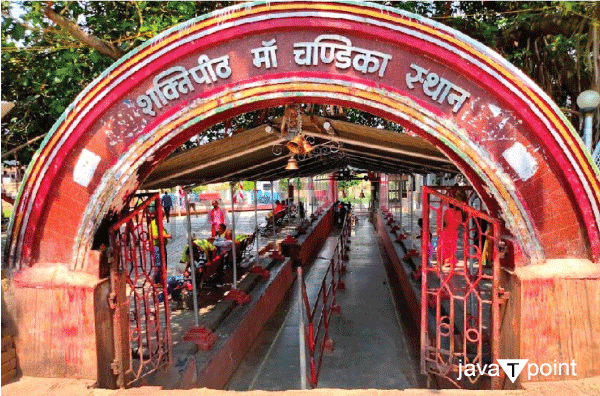
3. Bhimbandh Wildlife SanctuaryThe Bhimbandh Wildlife Sanctuary is a mesmerizing place located southwest of Munger district in the picturesque Kharagpur hill range. This Sanctuary covers a vast 682 square kilometres and is a haven of natural treasures. Its charm is enhanced by its lush forests and captivating water springs. The verdant surroundings of the Sanctuary provide a vibrant home for a wide variety of wildlife. Magnificent animals such as the graceful Chital, the robust Nilgai, the elusive Panthers, and even the majestic tigers live there. The Sanctuary's dedication to conservation and preservation is demonstrated by its great biodiversity, which makes it a haven for lovers of the outdoors and wildlife. In addition to the creatures that call Bhimbandh Wildlife Sanctuary home, the area is known for its soothing hot springs. These natural thermal springs provide a singular chance for guests to relax and regenerate in the forest's peace. Beyond its wealth of species, the Sanctuary is a popular hangout for people who appreciate the outdoors and tranquillity because of its gorgeous surroundings and revitalizing waters. Since Bhima is a major figure in the Hindu epic Mahabharata, the name "Bhimbhandh" has a special meaning. This connection gives the Sanctuary a mystical feel that draws pilgrims and outdoor enthusiasts. People looking for inner tranquillity and natural wonders are drawn to the Sanctuary because of its peaceful atmosphere and beautiful surroundings. 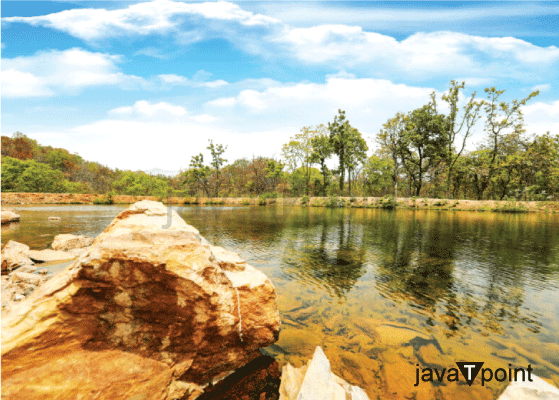
Special status as a sanctuary for animals and vagrants is attributed to Bhimbandh Animal Sanctuary. Regardless of your preference for peace or wildlife observation, this refuge provides a distinctive combination of experiences. It offers a setting where spiritual study and the glories of nature coexist peacefully and serves as a tribute to the value of protecting nature's treasures. 4. Kastaharni GhatIn Munger's cultural and mythical tapestry, Kastaharni Ghat, with its profound significance of "the bathing place that expels all pain," has a distinct place. This famous ghat is rooted in Hindu mythology and is where Lord Rama and his brother Lakshman stopped to rest after encountering the demon Taraka. The 26th chapter of Valmiki's Ramayana is significant and contributes to the site's spirituality and historical background. In addition to providing access to myth and tradition, Kastaharni Ghat promises breathtaking views of the dawn and sunset. Visitors can find peace and reflection in this enchanting environment, which is enhanced by the splendour of these natural occurrences. Two temples in the area are attributed to a sage who lived in the sixth century, where Kastaharni Ghat's historical lineage began. One of these holy shrines, perched atop the rock at Kashtaharini Ghat, still functions as a major pilgrimage site today. Due to its spiritual and historical significance, the ghat has become a sanctuary for devotees, pilgrims, and saints across the state and nation. Devotees are drawn to this sacred location to seek blessings, comfort, and a connection with the divine as the sun sets and rises. The Ganges River's holy path further enhances Kastaharni Ghat's significance. Here, the river bears a sharp bend to the north, becoming the Uttar-Vahini. This geographical characteristic strengthens the ghat's spiritual significance and confirms its status as a location where the natural and religious elements coexist together. 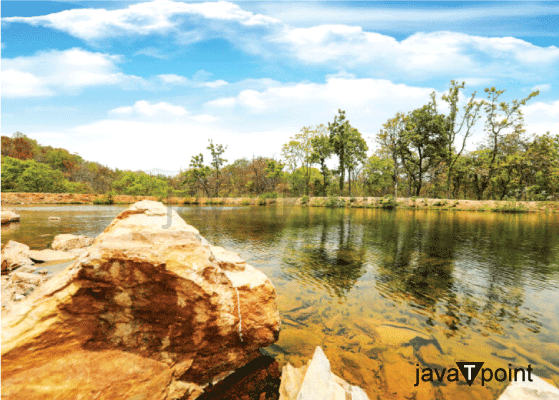
Kastaharni Ghat invites tourists to experience its atmosphere of devotion, history, and natural beauty, serving as a living tribute to Munger's spiritual tradition. People who come to experience its special energy and significance are still filled with awe and reverence as the past and present come together at this sacred location. 5. Pir Shah Nafah ShrineEnsconced amid the historic premises of the esteemed Munger Fort is the hallowed Pir Shah Nafah Shrine, a symbol of enduring spirituality and intercultural understanding. This revered shrine, which attracts followers and seekers of all faiths to its hallowed grounds, is a monument to the city's rich history. One of Munger Fort's oldest buildings, the Pir Shah Nafah Shrine, is situated in a high location near the southern gate of the fort. This shrine is a storehouse of legends, customs, a deep sense of spirituality, and a prayer site. Legend has it that the ancient Pir Shah Nafah travelled to this region from Persia, first stopping in Ajmer. He was led to settle in Munger by the Sufi saint Khwaza Moin-Uddin Chisti, who understood the importance of this location. Munger's cultural landscape underwent a dramatic shift with the arrival of the Pir. His spiritual quest ultimately led to his death in 596, and his final resting place has since developed into the revered location that it is today. 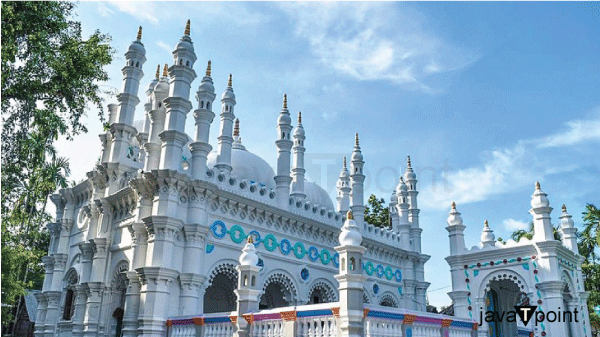
6. Sita KundSita Kund, tucked away in Munger's countryside, is a beacon of spiritual significance and cultural history that draws residents and tourists worldwide. This famous location remains a popular tourist destination, bringing innumerable pilgrims and spiritual seekers to its sacred waters. Sita Kund, which lies only four miles east of Munger's district office, is more than simply a place on the map; it is a place of spiritual refuge. The area's hot springs have served as a centre for spirituality and devotion for many years. These springs are surrounded by a well-known temple, which adds to the location's attraction and makes it a popular travel destination for pilgrims and visitors. Another reservoir, Ramkund, which gives the calming embrace of cold water, graces the northern side of Sita Kund. This reservoir has a unique beauty that adds to the area's overall appeal. Three other lakes on the western side have names evocative of the ancient epic Ramayana. The Lakshman Kund, Bharat Kund, and Satrughan Kund pools honour the brave brothers of Lord Rama and memorialize their contributions to the epic narrative. The history of the Ramayana permeates Sita Kund, suggesting the significant events that took place at that time. After being freed from Lanka, Sita took the fire test to demonstrate her virginity and purity. This story has persisted over the decades, reminding tourists of Sita's unwavering faith and fortitude. 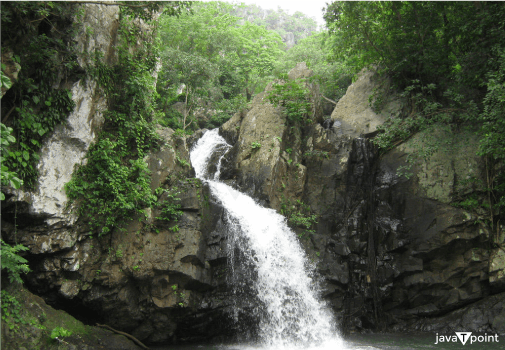
Inviting pilgrims and tourists to share in its holiness, Sita Kund's pure, transparent water is a moving reminder of this legendary story. Dipping your toes into these waters is more than a physical act; it's also a symbolic act that immerses you in a timeless tale of commitment, bravery, and spiritual purity. The fact that Sita Kund continues to be popular shows how important it is to Munger's cultural heritage. It is a tangible example of the city's enduring ties to history and spirituality. Visitors to this holy place join a continuous line of pilgrims drawn there for centuries in search of comfort, inspiration, and a connection to the profound stories of the past. 7. ManpatharManpathar, also known as Sita Charan, emerges as an important and fascinating location next to Kastaharni Ghat in Munger, drawing in many tourists. It is an interesting stop for visitors perusing the city's offers due to its distinctive geological structure and its spiritual narrative. Manpathar is a rock embedded in the riverbed located about two miles from Munger Fort. This attractive sight attracts both tourists and locals. The rock's existence in the Ganges' rushing waters lends the scene a certain air of mystery. 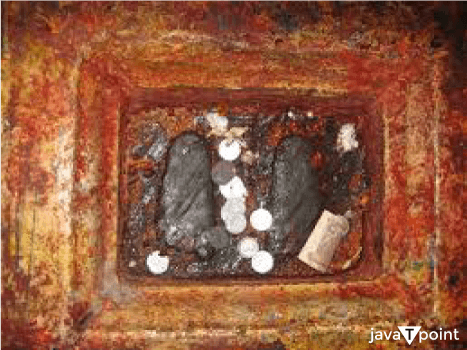
The history that Manpathar possesses, a story that links it to Sita, the protagonist of the epic Ramayana, is what makes it unique. According to folklore, the rock has the impression of two feet, which are thought to be those of Sita, who is reported to have crossed the Ganges at this same location. The place takes on a spiritual aura due to its connection to Sita's journey, embodying ageless stories and ideals that have persisted throughout the millennia. The Manpathar rock structure, which is around 250 meters long and 30 meters wide, is more than just an interesting piece of geology; it also has a living connection to myth and history. A modest temple close by provides an additional level of significance because it allows tourists to find peace and quiet in this serene environment. Manpathar is seductive not just because of how it looks but also because of the tales it holds. It serves as a concrete reminder of the past and invites guests to actually and figuratively follow Sita's path. They connect with a story that transcends distance and time as they stand next to the etched footprints on the rock. Manpathar's appeal stems from its capacity to skillfully meld natural marvels and mythological stories. Its significance is twofold, an amazing natural phenomenon and a moving reminder of the legendary stories from long ago that still hold people's attention. Visitors are encouraged to interact with history, spirituality, and the moving tales that have created Munger's cultural identity as they approach this location. How to Reach Munger
Best Time to Visit MungerJanuary is a great month to travel to Munger. The pleasant and dry weather that characterizes this month makes it the perfect time for travellers to explore the city easily. The weather is pleasant for outdoor activities and tourism, with maximum temperatures averaging approximately 24�C (75�F). Around 10�C (49�F) is the average low temperature at night, which makes for a comfortable setting for rest and exploration. The attractiveness of visiting Munger is enhanced by the dry weather in January since you can take in the sights and the city's natural beauty while soaking in the clear skies and crisp air. Overall, January is a popular choice because it provides a great opportunity to enjoy Munger's cultural and historical treasures without the discomfort of high weather. Famous Food in MungerThe traditional society of Munger, which is strongly influenced by Hindu and Buddhist traditions, is reflected in its gastronomic scene. The local food is primarily vegetarian, emphasizing straightforward, hearty dishes that are an important part of the area's culinary tradition. In Munger, 'bhat' (cooked rice), 'roti' (flatbread), 'dal' (lentil soup), 'achar' (pickles), and 'tarkari' (vegetables) are considered staple foods. The staples of Munger inhabitants' everyday meals are these ingredients. One distinctive feature of traditional cooking methods is mustard oil as the main cooking medium. A popular cuisine in the area is called "Khichdi," which is made by cooking a mixture of rice and lentils in a tasty broth that has been spiced with a variety of aromatic herbs and spices. Locals like the nourishing and soothing qualities of this dish. The Munger cuisine also features many accoutrements that improve the dining experience. Several chutneys, papads (crisp appetizers), and pickles are frequently consumed along with the main meal. These additives give the meal depth by bringing forth a variety of flavours and textures.
Next TopicTourist Places in Raigad
|
 For Videos Join Our Youtube Channel: Join Now
For Videos Join Our Youtube Channel: Join Now
Feedback
- Send your Feedback to [email protected]
Help Others, Please Share









